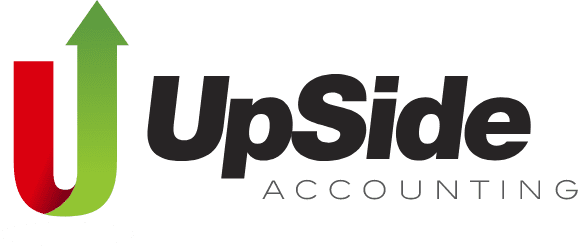As a small business owner, you wear many hats—entrepreneur, marketer, and sometimes even accountant. One of the most critical skills you need to master is budgeting. A well-structured budget can help you understand your financial position, make informed decisions, and set your business up for long-term success. This blog post will guide you through creating a budget for your small business, ensuring you stay on top of your finances.
Why Budgeting is Essential for Small Businesses
Before diving into the “how,” let’s discuss the “why.” A budget serves multiple purposes:
- Financial Clarity: It allows you to see where your money is coming from and where it’s going.
- Goal Setting: A budget helps you set and track financial goals, whether increasing revenue, reducing costs, or investing in new opportunities.
- Cash Flow Management: It helps you anticipate periods of low cash flow and plan accordingly.
- Decision Making: A clear picture of your financial situation enables you to make informed decisions about hiring, purchasing inventory, or expanding your business.
Step-by-Step Guide to Creating Your Budget
-
Identify Your Income Sources
Start by listing all potential income sources. This could include:
– Sales revenue
– Service fees
– Grants or funding
– Investments
Be realistic and consider seasonal fluctuations in your income. For example, your sales might peak during the holiday season if you run a retail business.
-
List Your Fixed and Variable Expenses
Next, categorize your expenses into fixed and variable:
– Fixed Expenses: These are costs that remain constant each month. Examples include rent, salaries, insurance, and loan payments.
Variable Expenses fluctuate based on business activity. Examples include utilities, supplies, and marketing costs.
-
Estimate Your Monthly Expenses
Estimate your monthly costs for each expense category. Past financial statements or bank statements can help you forecast these figures accurately. Remember to factor in unexpected costs; a good rule of thumb is to allocate around 10% of your budget for unforeseen expenses.
-
Create a Cash Flow Projection
A cash flow projection is vital for understanding when money will come in and go out. Create a monthly cash flow statement that outlines the following:
– When do you expect to receive income
– When you will incur expenses
This will help you identify and prepare for potential cash flow gaps in advance.
-
Set Financial Goals
Establish short-term and long-term financial goals. Short-term goals include reducing expenses or increasing sales by a certain percentage within the next quarter. Long-term goals involve saving for expansion or retirement.
-
Utilize Budgeting Tools
Leverage technology to make budgeting easier. Numerous software options are available, such as QuickBooks, FreshBooks, or even simple Excel spreadsheets. These tools can automate calculations and help you visualize your financial data.
-
Monitor and Adjust Your Budget Regularly
Creating a budget is not a one-time task. Review it regularly to compare projections with actual performance. This will help you identify areas where you’re overspending or where you can save. Adjust your budget as necessary to suit your evolving business needs.
-
Seek Professional Advice if Needed
If budgeting feels overwhelming, don’t hesitate to seek help from financial advisors or accounting pros. They can provide valuable insights tailored to your business’s unique needs, especially regarding tax implications and compliance with Canadian regulations.
Creating a budget for your small business is a fundamental step toward financial stability and growth. By understanding your income, expenses, and cash flow, you can make informed decisions that align with your business goals. Remember, budgeting is a dynamic process that requires regular monitoring and adjustments. With a solid budget, you’re not just planning for today—you’re setting the stage for a successful future.

